The world’s tallest buildings also require the world’s most extensive elevators. A new highrise elevator technology — UltraRope by KONE Corporation — promises to replace steel cables with a lightweight carbon fibre design, that can support elevators in shafts of up to a full kilometre in height.
"We started to look at this concept about eight years ago," says Aaron Ites, marketing director, KONE Americas. "There are currently only a handful of buildings taller than 500 metres, but when we looked at projects planned for the next five to 10 years, we definitely saw a wave of construction that was going to push the limits of tall building design. We realized that there had to be a better design for elevators to support them."
Traditional steel elevator cables offer considerable strength, but are limited by their weight. After about 500 metres, the cable itself becomes so heavy that it becomes difficult to support. The moving parts of a traditional steel cable-supported elevator carrying 24 passengers can weigh as much as 27,000 kilograms.
UltraRope replaces steel with significantly lighter carbon fibre encased in a high-friction coating. It was developed at KONE’s research and development facilities in Finland.
The company’s Tytyri facility offers a 300-metre underground test shaft located next to a limestone mine.
"They’re clever people," says Ites. "The result was a lightweight cable made of a carbon fibre core encapsulated in a translucent coating, with four strands comprising one belt."
KONE promises the cable won’t stretch over time. The coating is expected to extend the life of the elevator cable to about twice that of steel cable, while eliminating the need for lubrication.
The first installation of UltraRope in September 2013 was at the Marina Bay Sands resort in Singapore, where it was employed in a 195-metre shaft of the resort’s third tower.
"While the most obvious advantage of the system is the height to which we can extend elevators, a lighter support system offers significantly reduced energy consumption in taller buildings," says Ites.
KONE estimates that as many as 3,000 of the world’s tallest buildings could see significant energy savings by retrofitting their elevators with a lightweight cabling system. The company calculates that using UltraRope in a 500-metre elevator could reduce energy consumption by 15 per cent.
UltraRope’s tallest project is the Kingdom Tower, currently under construction in Jeddah, Saudi Arabia. KONE was recently selected as the project’s vertical transportation provider.
The building will feature 65 KONE elevators and escalators, including the world’s highest single elevator rise at 660 metres. The structure will be a full kilometre in height on the proposed completion date in 2018.
In order to maximize elevator efficiency, the building design features the world’s fastest double decker elevators, which will travel at speeds greater than 10 metres per second.
It will employ seven DoubleDeck MiniSpace units, which offer two access levels for passengers, allowing some to enter on a lower level of the car and others to enter at a higher level using a small escalator.
"One of the big challenges when you get a building this tall is that if you don’t consider the elevator design carefully, you can end up with a building with a footprint that’s dominated by elevator shafts," says Ites. "By carefully planning the elevator system, you can reserve more of the valuable footprint to lease to tenants."
Elevator installation on Kingdom Tower will be handled by KONE Areeco, KONE’s Saudi Arabian joint venture company on behalf of the builder, Saudi Bin Laden Group. The building was designed by architect Adrian Smith and Gordon Gill Architecture.
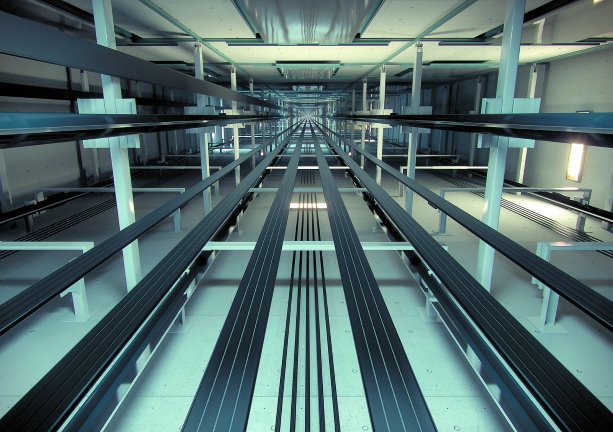


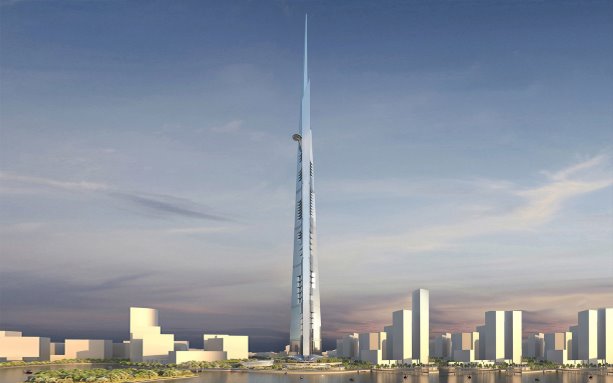


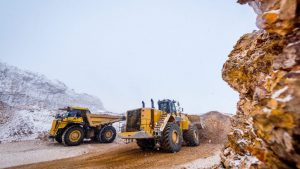
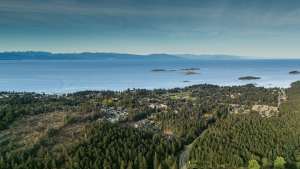

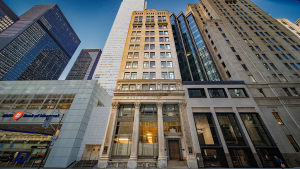


Recent Comments
comments for this post are closed